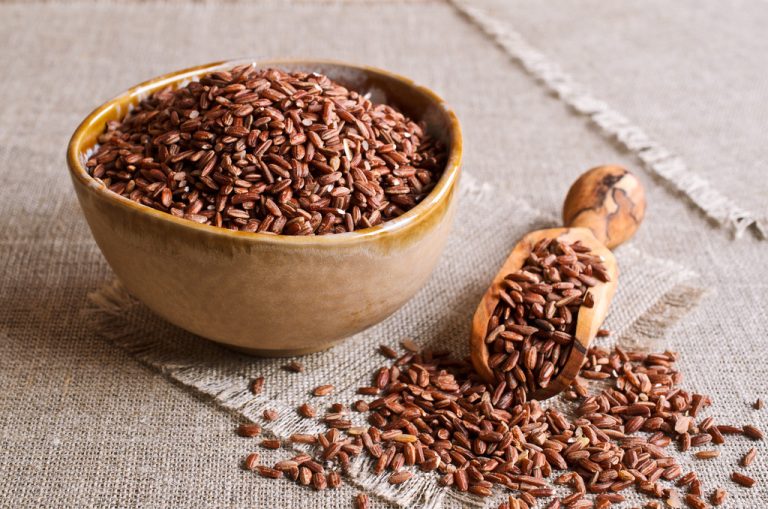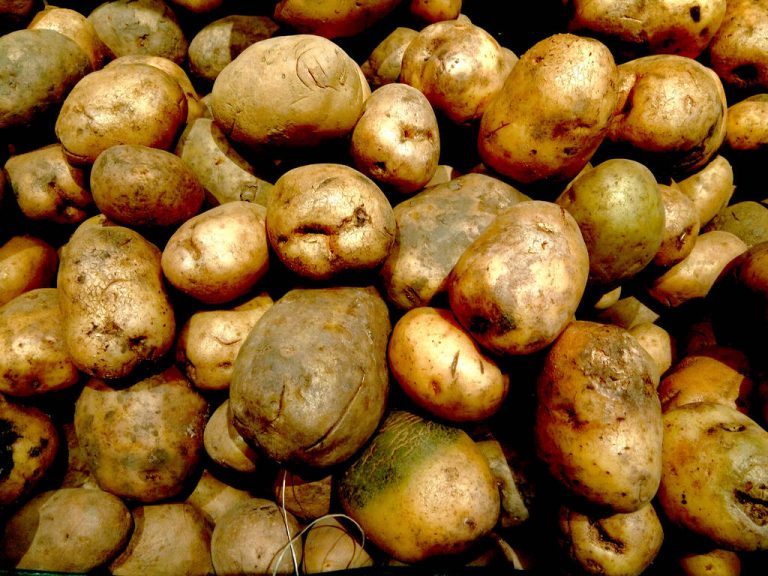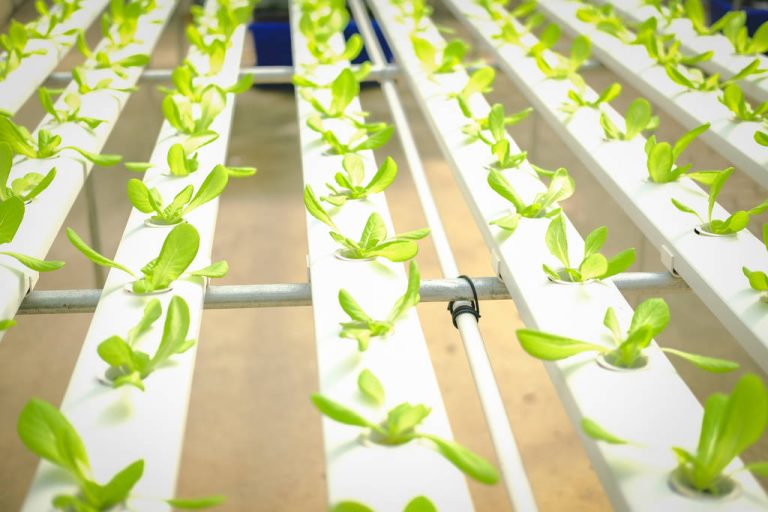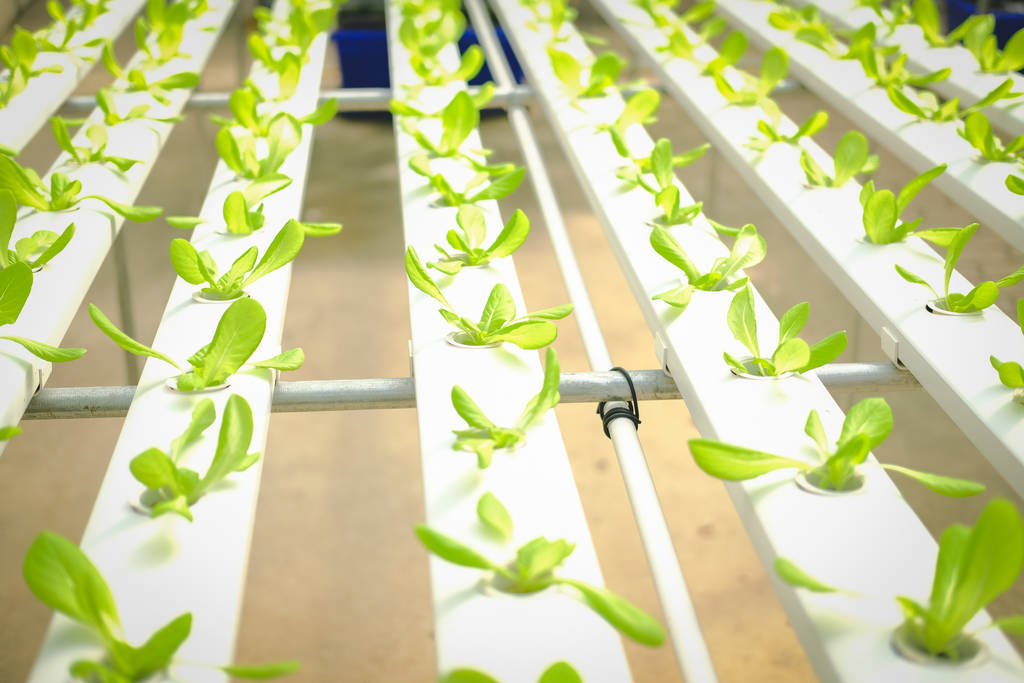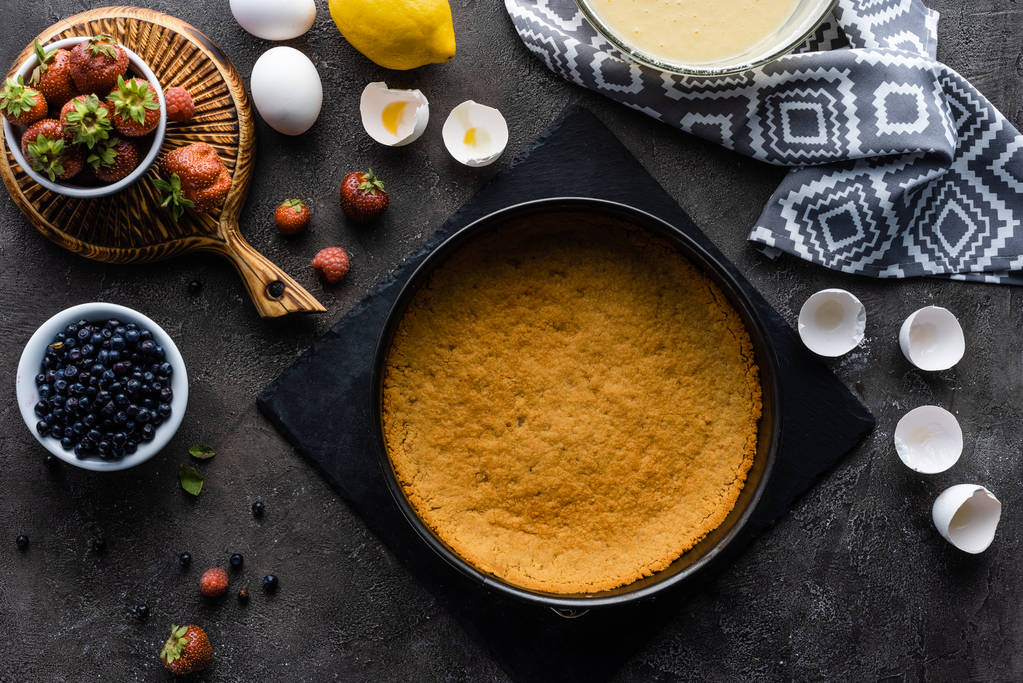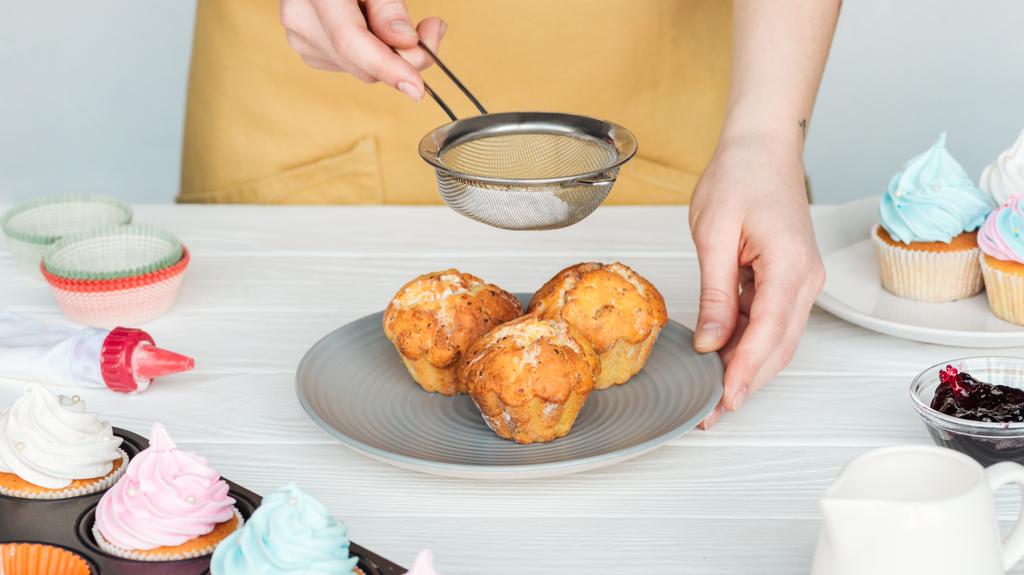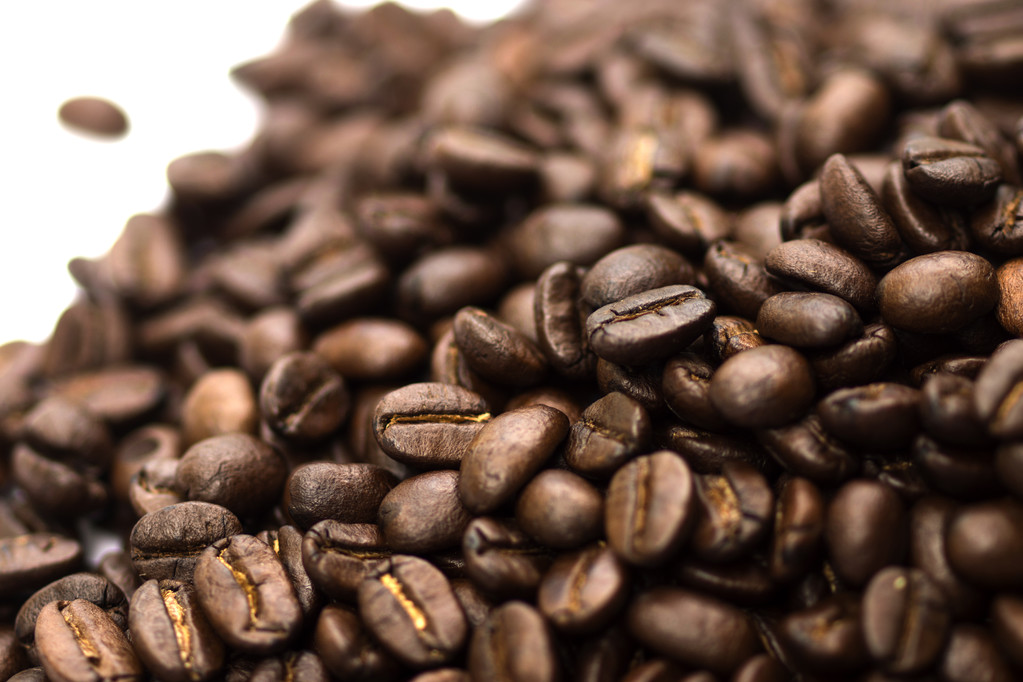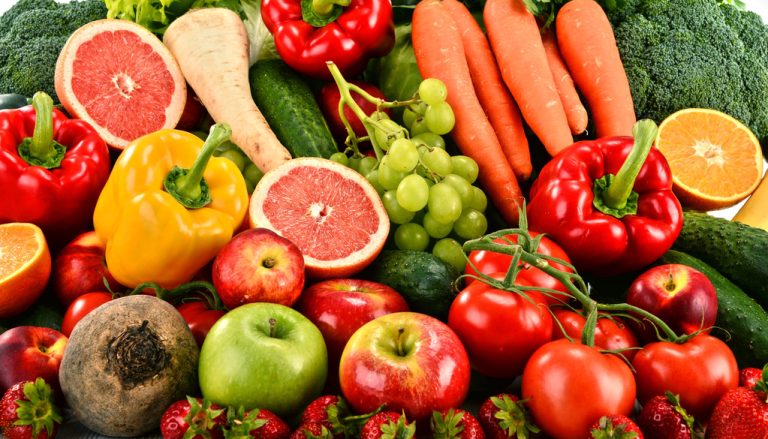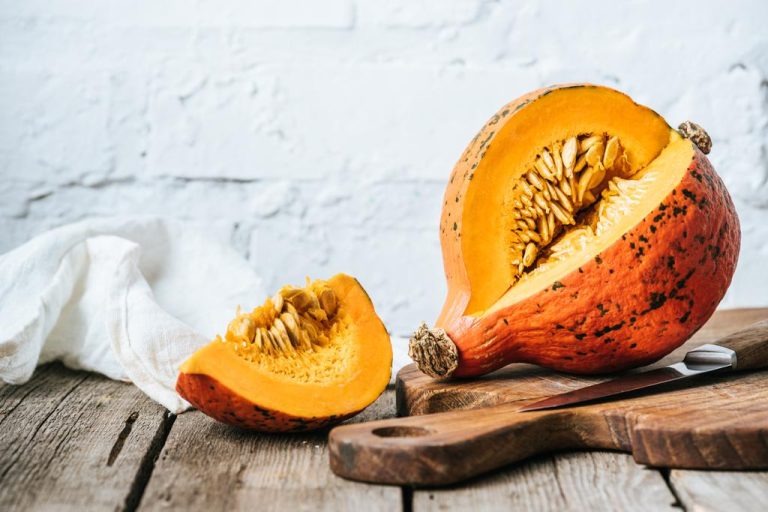If you want to cook brown rice, you have several options. We will introduce you to two variants – a particularly quick and a particularly healthy way of cooking brown rice.
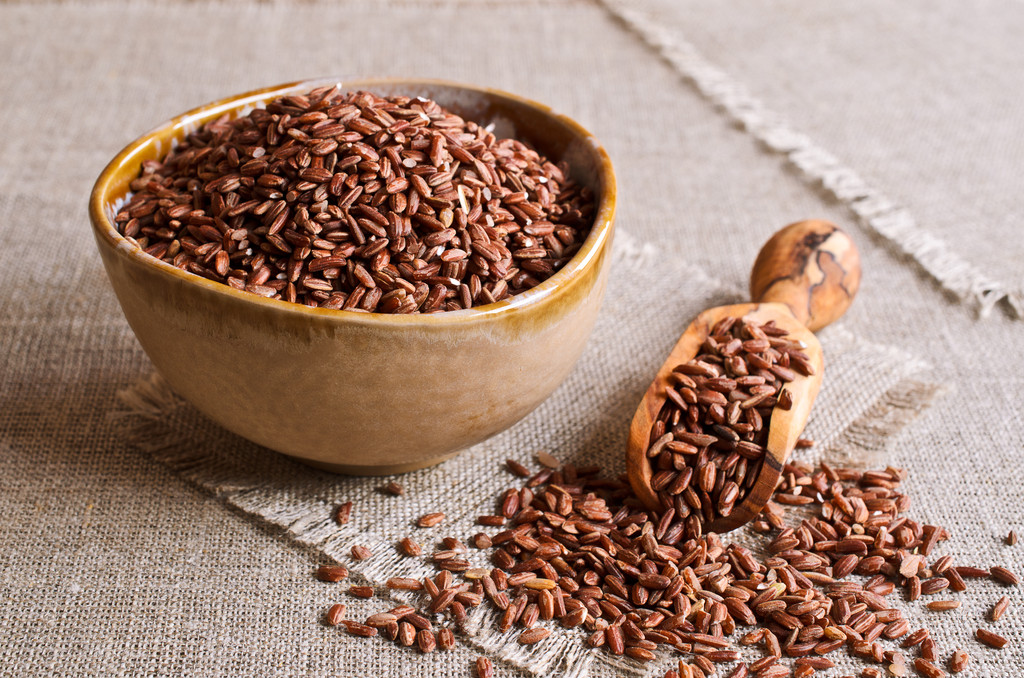
Brown rice is so healthy
Basmati rice, long grain rice, parboiled rice, black rice, wild rice: there are many different varieties and types of rice. Brown rice is popular because it is largely untreated and still has the outer layers of the rice grain. Brown rice therefore contains more minerals and trace elements than white rice – but it also takes longer to cook. We explain how to cook brown rice properly.
Cook brown rice – soak, wash, cook
If you want to cook rice, you basically have two options: the swelling method and the water method. The soaking method is particularly energy- and water-saving, but has one major disadvantage: In addition to the valuable micronutrients, pollutants also remain in the rice. This is a problem with brown rice because it is usually particularly heavily contaminated with arsenic, as reported by the Federal Office for Risk Assessment (BfR). Arsenic is a metalloid that is carcinogenic to humans. You can find more information about arsenic, its occurrence and its effects in our article on the subject.
We therefore recommend that you soak the brown rice beforehand, wash it and cook it with a higher water-to-rice ratio. In this way you can reduce the arsenic content by up to 80 percent.
Cooking brown rice – this is how the preparation works:
Soak the brown rice in water overnight. The rice should be covered with water about two centimeters high.
The next day, rinse the rice until the wastewater runs clear.
Then put the brown rice in a saucepan with five times the amount of water. In other words, there are five cups of water for every cup of rice.
Bring the water to a boil on the highest setting. Once the water is boiling, turn the heat down to low and let the brown rice simmer, with the lid on, for about 20 minutes.
Remove the pot from the stove and let the rice sit in the covered pot for another ten minutes.
The brown rice is ready. At this point you can loosen the rice grains with a fork and add a pinch of salt. But be careful: very hot steam escapes when you open the pot.

Cooking brown rice using the quick swelling method
With the swelling method, you only add enough water to the rice so that it completely absorbs the water when cooking. Therefore, the source method is particularly water and energy-saving. However, the arsenic contained in the rice is not flushed out with this method of preparation. If you have enough time, you should still soak the brown rice first to reduce the arsenic content.
Cooking brown rice using the swelling method:
Optional: Soak the brown rice in plenty of water overnight.
Rinse the rice with clear water until the waste water is no longer cloudy.
Put twice the amount of brown rice in a saucepan: for every cup of rice, add two cups of water.
Bring the water to a boil on the highest setting. Once the water is boiling, switch to a low setting. With the lid on, let the rice gently simmer for about 20 minutes.
Remove the covered pot from the heat and let the rice sit for another 10 minutes.
At the end you can fluff up the brown rice with a fork and add a pinch of salt.
By the way: If you have cooked too much rice, you can heat up the rest of the rice the next day. Alternatively, you can freeze the cooked rice and preserve it for a long time.

